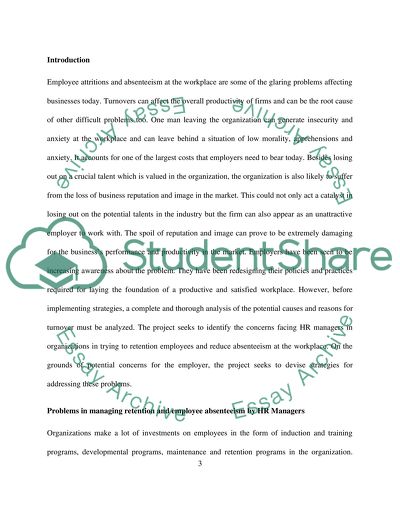Cite this document
(“Problems in managing retention and employee absenteeism by HR Managers Essay”, n.d.)
Retrieved from https://studentshare.org/finance-accounting/1400172-understanding-information
Retrieved from https://studentshare.org/finance-accounting/1400172-understanding-information
(Problems in Managing Retention and Employee Absenteeism by HR Managers Essay)
https://studentshare.org/finance-accounting/1400172-understanding-information.
https://studentshare.org/finance-accounting/1400172-understanding-information.
“Problems in Managing Retention and Employee Absenteeism by HR Managers Essay”, n.d. https://studentshare.org/finance-accounting/1400172-understanding-information.


